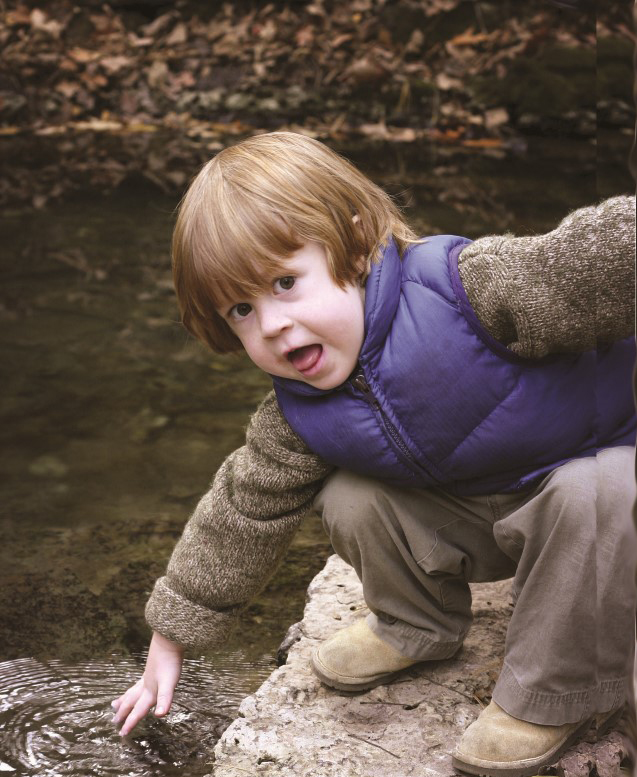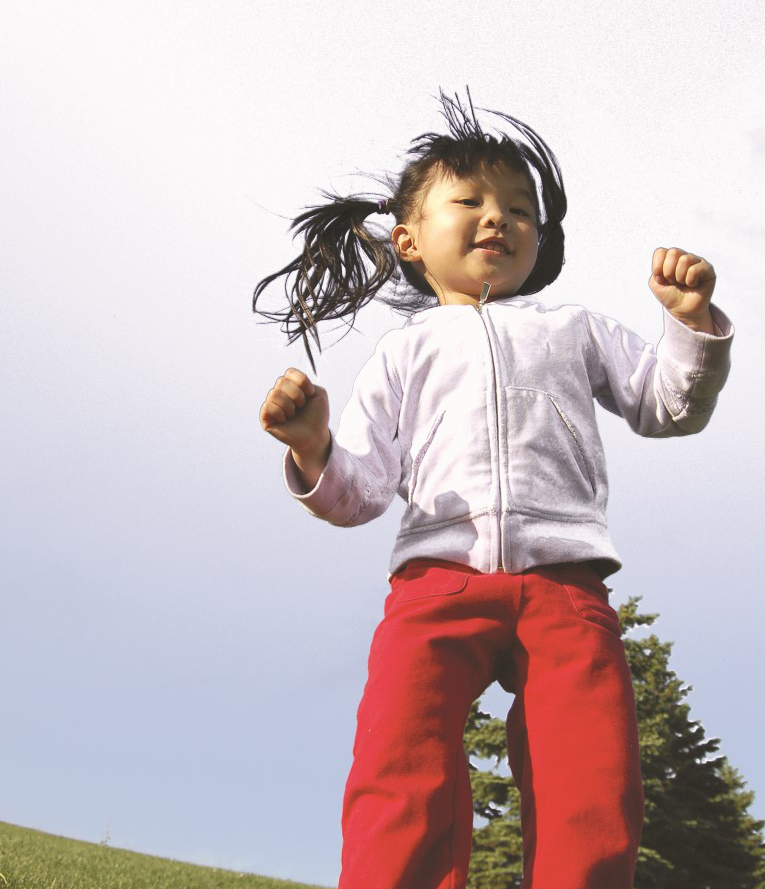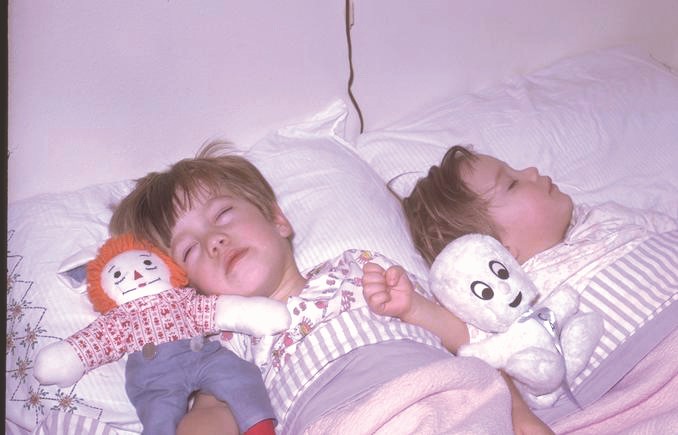Your child has changed so much in the last three years. It is hard to believe she was ever that tiny baby that you held in your arms. She is becoming more independent and capable every day.
Lately it seems like she wants to do everything for herself and help with everything you are doing. You may hear “Let me” constantly. She wants to be in charge and lets you know it.
Your job is to keep her safe as she tries new things. Your child is building new skills and becoming more confident. Being her parent can be fun, exciting —and challenging. Try to be patient. She is going through the steps she needs to grow up healthy and ready for success.
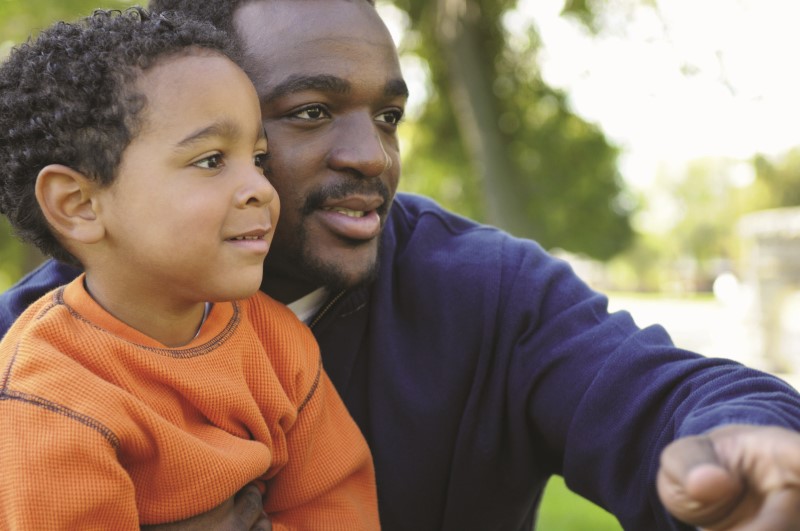
Parents want their children to grow up to be responsible and trustworthy. They want their children to do the right thing, even when they are not watching. Here are some guidance techniques:
Set fair rules and reasonable limits.
- It helps children feel secure. It also teaches them what is expected.
- Children become confused and may misbehave when limits are not consistent or rules are not clear.
Give clear and positive instructions.
- You may need to show him how to do the task and help him with it for a while.
- Make sure your child hears you. Instead of yelling your request from the kitchen, go to where your child is and say what you want done.
Keep in mind that your child wants to please you.
- If you ask your child to pick up his toys, let him do it. If you re-do his work, he will learn that he cannot do it right and might not even try later on.
- Help him break the job down into steps.Show him how to put the puzzles on the shelves and blocks in the box.
- Try to make it fun and encourage his efforts.
Let your child help you set rules and consequences for breaking the rules.
- For example, “The rule is you may ride your tricycle on the driveway. If you ride in the flowers you will lose your driver’s license until tomorrow.”
- If your child breaks the rule, put the tricycle away and say, “I see you made your choice. Tomorrow you can ride your tricycle on the driveway.”
Say what you mean and mean what you say.
- For example, tell your child that bedtime is in ten minutes, rather than asking if your child is ready for bed.
- Do not give choices if there are not any.
Set a good example to help your child learn self-control.
Your three year old is getting better at handling her emotions and getting along with others, but she still has a lot to learn. A three year old:
- Wants to please adults.
- Has some fear of strangers, animals, or the dark.
- Becomes anxious in new situations and may still have some temper tantrums.
You want her to be responsible and well-behaved.
- To do this, she needs to have self-control.
- Self-control is the ability to control your thoughts, behaviors and actions.
- Your child will not have full self-control for a couple more years —but she can begin learning what it is.
Your child will learn self-control by watching you.
- Show how you can stay calm when someone cuts in line at the store.
- Talk about how you resist the temptation of a cookie before dinner.
- When you want something, share how you make a plan and stick to it to get it.
Your child will follow your example. Sometimes your example is not a good one! Make this an opportunity to teach, also.
- If you lose your cool, let your child watch you apologize.
- If you break a promise, talk about it and make sure to follow through the next time.
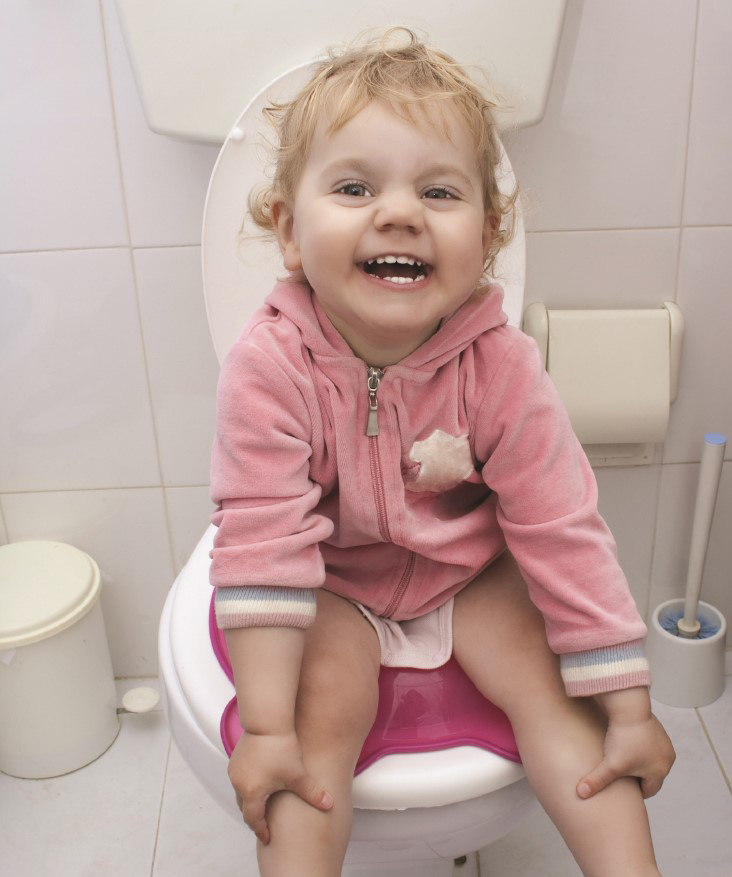
Some 3 year olds can use the toilet, and others are not interested. Each child sets his own pace. It might comfort you to know that almost all children are toilet trained by their 4th birthday. Occasional accidents may happen for a year or two after that.
Is your child ready and willing to use the potty? Your child needs to be physically ready, able to understand what you want, and have the motivation to do it. Generally, girls are toilet trained quicker than boys are. Talking about using the toilet can speed things along. Teach him words to use for the toilet and his need “to go potty.” Storybooks about the toileting process can help. Ask for book ideas at the library.
Your child needs to feel secure while sitting on the toilet. Use a potty chair or a full sized toilet with an adapted seat and step stool. Place the potty in an easy place to get to and encourage your child to use it. Keep your child’s clothing easy to remove.
Use these ideas to teach about using the potty:
- Young children love to imitate others. Let your child sit on his potty when you go to the toilet.
- Watch for signs that your child needs to go and help him go to the potty. Good times to try are when he wakes from a nap or after eating. Keep it short and stay with him.
- Recognize the small steps he takes along the way — like pulling down his own pants or sitting on the potty (even when nothing happens!)
- Be positive and give hugs with each success. Soon you will be walking past the diaper shelf at the store!
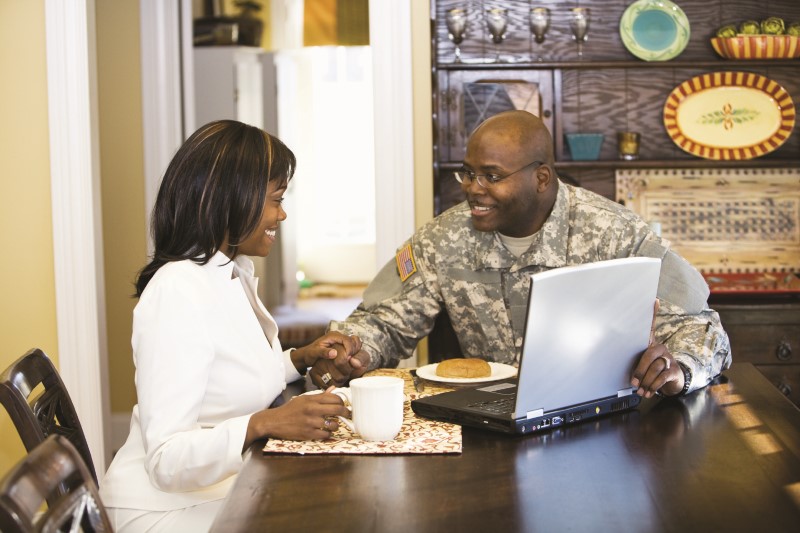
When stress is high, couples begin noticing and comparing the amount of work they are doing with what they think their partner is doing. This is dangerous because you are well aware of all that you are doing —but it is hard to see everything that your partner is doing. The things you do may seem more difficult and important than those your partner does.
Start talking about it…
- My favorite household job is…
- I really do not like having to…
- It’s hard for me to sit and relax when I see…
- A task we could cut back on is…
If you find yourself keeping score, try to remind yourself of all the things your partner does. What is fair is not always equal. The score is likely to even out over time.
Around the age of three, many children go to child care or preschool. Here are questions to help you decide if your child is ready.
- Is your child independent? Most programs want your child to have basic skills — such as being toilet trained.
- Has she spent time away from you in childcare or with a relative?
- Can she work on projects by herself? Encourage your child to work on projects by herself as you do household chores.
- Is she ready to play with other children? If your child is used to spending time alone, take her to play groups to introduce her to playing with other children.
- Is she used to keeping a regular schedule or routine? Before she starts preschool, try to get her into a regular routine each day. Serve meals at the same time and have a bedtime routine.
- Does she have the physical stamina to last through the day? If your child needs a mid-morning nap, she may not be ready for a full day program yet. Maybe she can enroll in a half-day program until she can handle the busy schedule of a full day.
